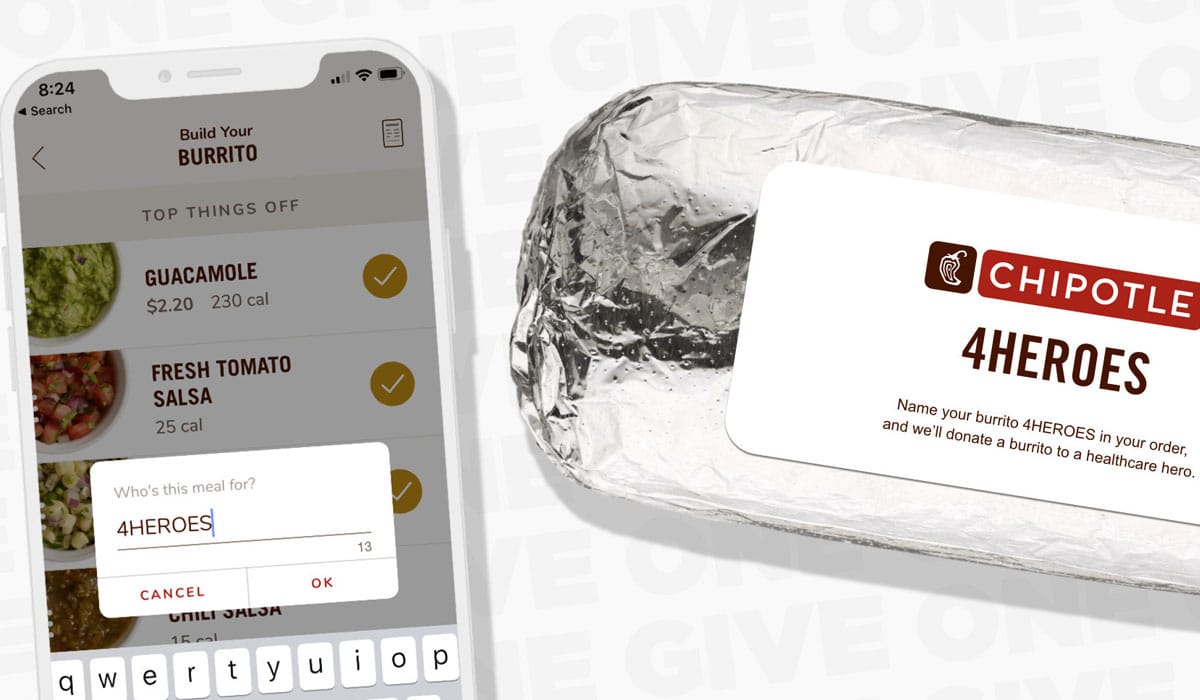Of the many restaurant industry impacts felt by the COVID-19 shutdowns and disruptions, the acceleration of digital ordering might be the longest lasting. Consumers were already embracing digital ordering for order-ahead pickup and delivery before the pandemic, and lockdowns simply accelerated the trend.
In the first quarter of 2021, Starbucks reported 26 percent of its $4.6 billion U.S. sales were via the Starbucks app, and Chipotle reported a whopping 49 percent of its Q2 2021 revenue was via digital channels. And these trends are not reverting as stores re-open for in-person dining as vaccine uptake continues.
Given this shift in customer preference for how to order, small businesses must take a fresh look at loyalty and ordering methods to keep up.
Physical Punch Cards are Going Away
Customers don’t want to keep track of multiple apps and passwords, so they certainly don’t want to keep up with multiple physical loyalty cards.
Over half of customers between the ages of 25–40 have said they’ll stop ordering from a restaurant if it has an inferior loyalty offering to a competitor—and ease-of-use and automatic earning are cited as one of the top criteria defining that preference.
Customers who automatically know they are earning rewards every time they purchase, whether via digital or in-person at a register, tend to stick with those programs.
Convenience Breaks Ties
The most effective loyalty programs are the ones that recognize people don’t always frequent the exact same location for food and drink.
As routines around travel, commute, and leisure re-emerge, so too does the opportunity for consumers to find themselves in new and different areas, and are likely to consider earning loyalty points from a network as part of their decision criteria.
The only way for an independent single-location operator to have a chance to earn the loyalty seeking customer is to be part of a network that allows visitors to earn rewards at multiple locations. And scale matters – the more locations, the stickier the loyalty opportunity.
Customers Will Shop Small … if they Can
Every purchase decision a customer makes is informed by their priorities, but any one consumer can have different priorities based on the conditions they see at the moment.
Generally speaking, ambiance, experience, and the satisfaction of supporting small business take a back seat to having limited time to grab and go. Our recent surveys suggested over 70 percent of Starbucks customers would support an independent business instead of a corporate one IF it was as convenient. The challenge is matching the convenience of large retailer networks as a single operator or smaller regional chain.
Finding ways to team up with other small businesses via partnership or alliance can help reduce the corporate chain advantage and allow shoppers to fulfill their desire to shop small on more occasions.
Integrated and Digital Rewards Programs are a Labor Saver
Having automated loyalty programs and digital channels reduces the need to punch orders manually into a POS—an essential quality, especially at a time when the job market is tight, and small businesses are under more pressure than ever to support customers with limited staff.
During morning rush times, staff shouldn’t have to take extra time and effort to do the manual calculation of a physical card and then add notes and entries into a POS while customers stand in line and wait. The more time staff spend preparing orders and extending hospitality to customers in store, as opposed to doing manual data entry, the more happy customers you can serve.
Sam Bond is COO of joe, a Seattle-based startup created to help independent coffee businesses leverage the same tech advantages as corporate giants, including mobile ordering, digital rewards programs and marketing.







